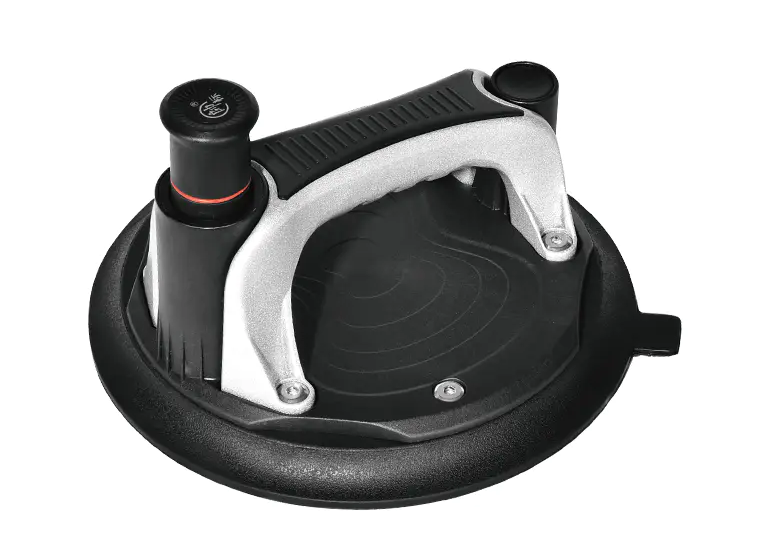The porcelain tile suction lifter has become a valuable addition to the toolkit of many tile installers. As porcelain tiles continue to grow in popularity for floors and walls, the demand for safer and more accurate handling methods also rises. Suction lifters help meet this demand by offering a mechanical grip that supports heavy or wide tiles with minimal risk.
These tools usually feature rubber suction pads that stick to the tile surface through air pressure. This mechanism works well with non-porous materials such as polished porcelain. By lifting tiles from the center or the edges without applying pressure on corners, suction lifters reduce chances of breakage or warping.
Beyond protection, the lifters assist in reducing fatigue. When placing multiple tiles across large areas, repetitive motion can cause strain. Using a lifter spreads the effort across both arms and improves posture, which contributes to fewer injuries and better long-term productivity.
Another important aspect is the control gained during placement. Rather than sliding tiles into position, the suction lifter allows users to hover and align tiles accurately before setting them down. This is particularly useful when working with narrow grout lines or detailed layouts.
Whether in residential renovations or commercial installations, the tool proves useful across different scales of work. Maintenance is simple—regular cleaning and storage in a dry place helps extend the usability of the suction pads. Replacement parts like rubber discs are often available, allowing continued use without needing a full replacement.
With a porcelain tile suction lifter, even a single installer can manage larger tiles with greater confidence. The tool promotes both precision and care, qualities that define successful tile work in any setting.







